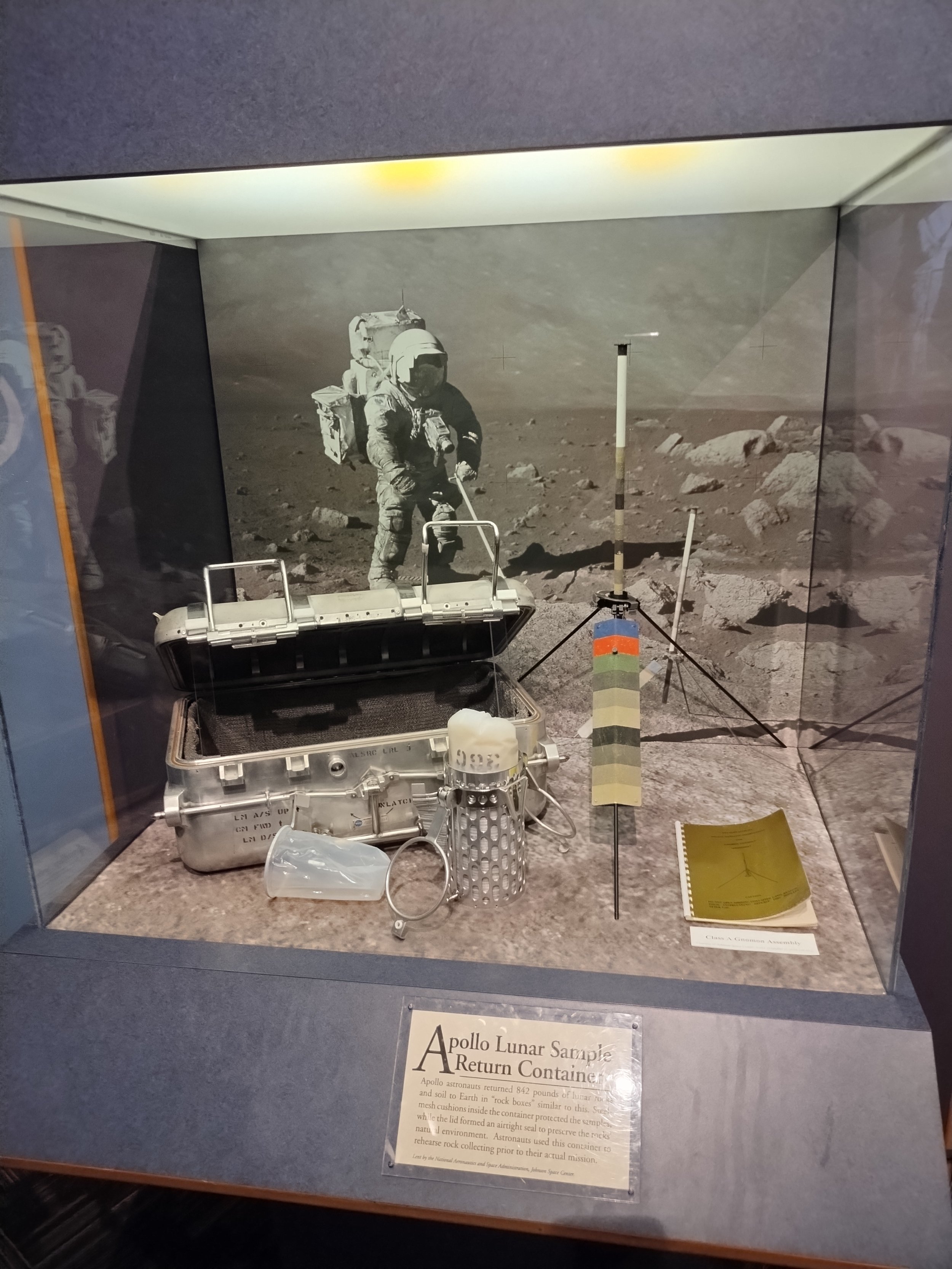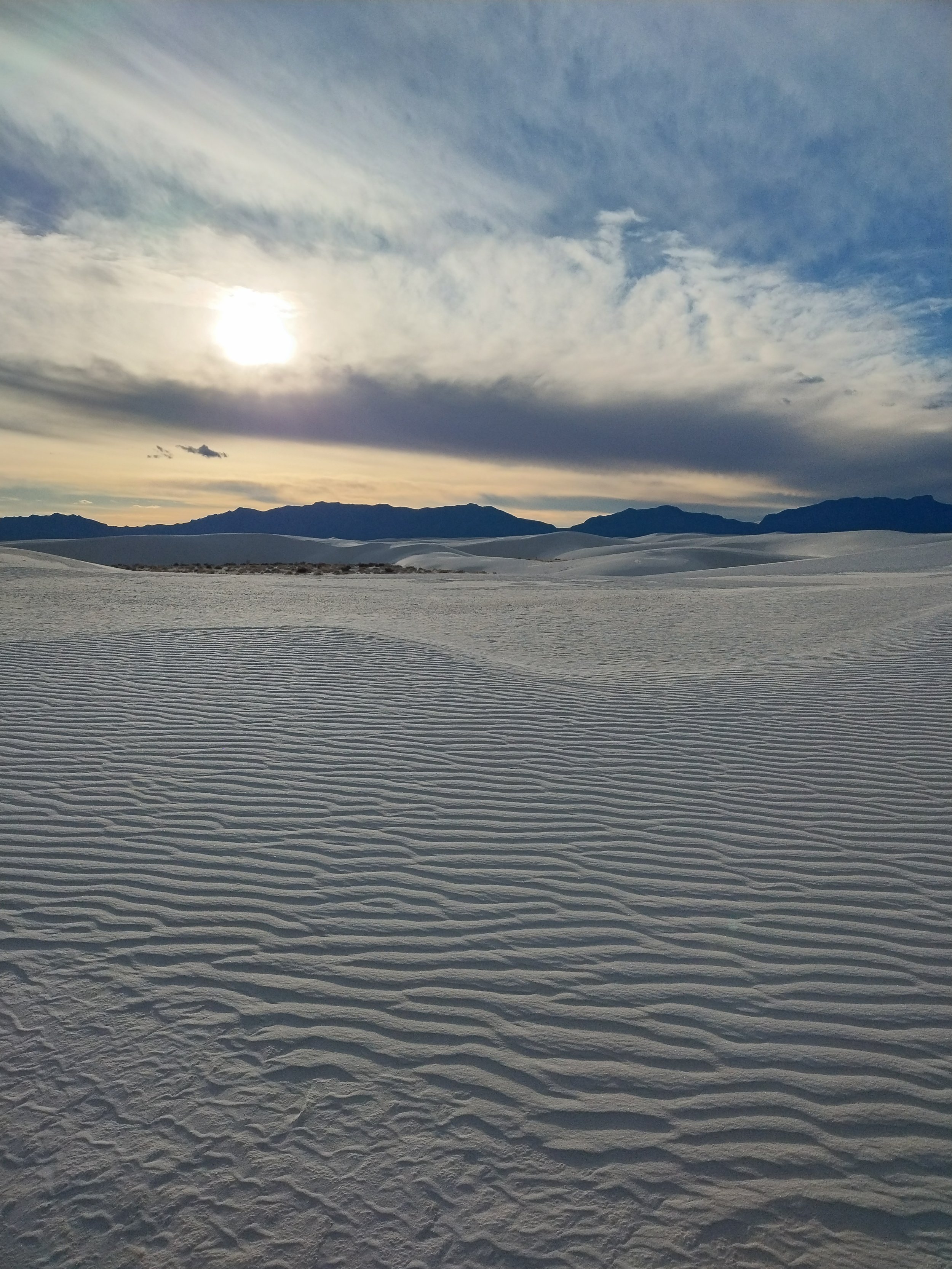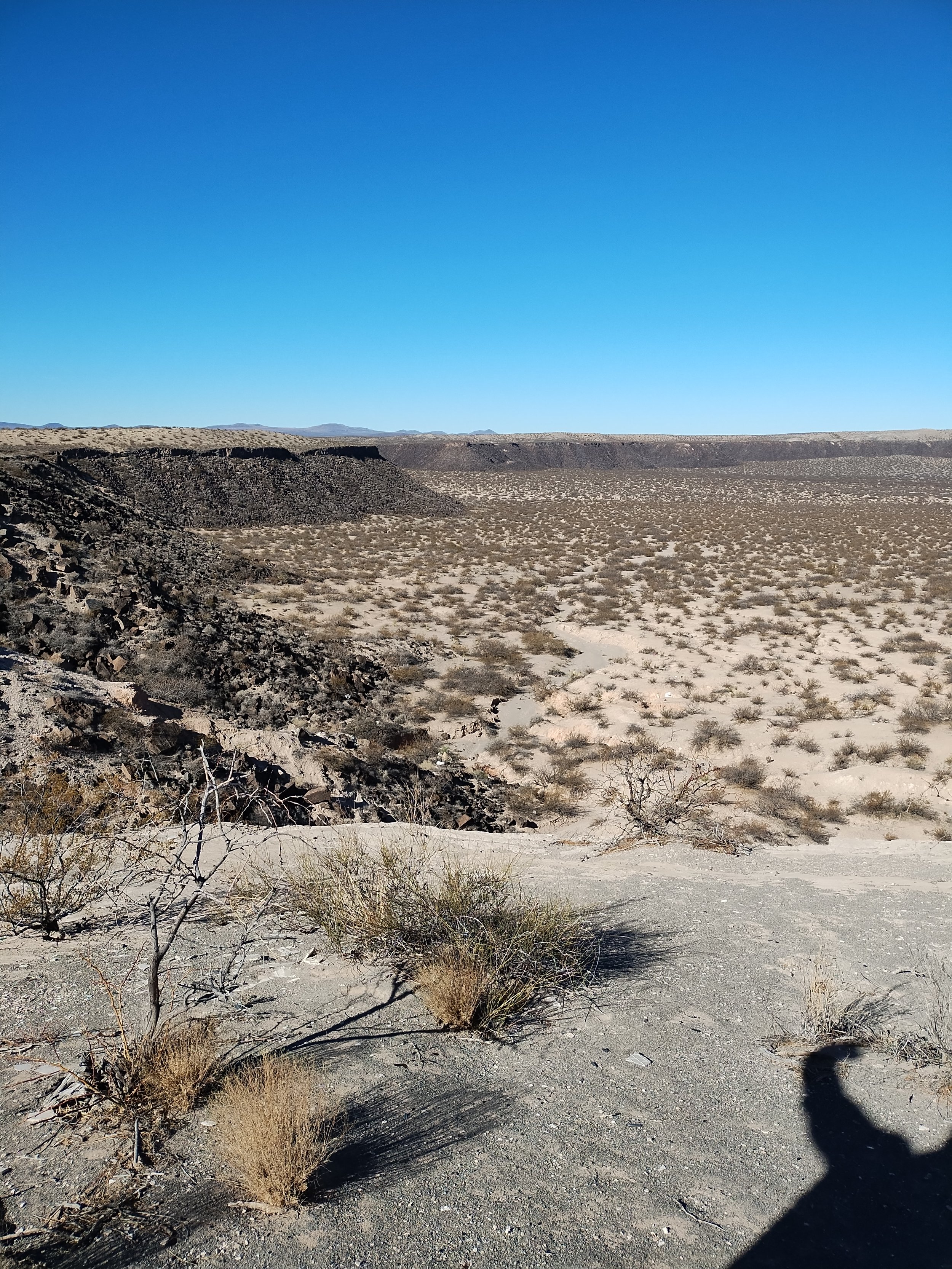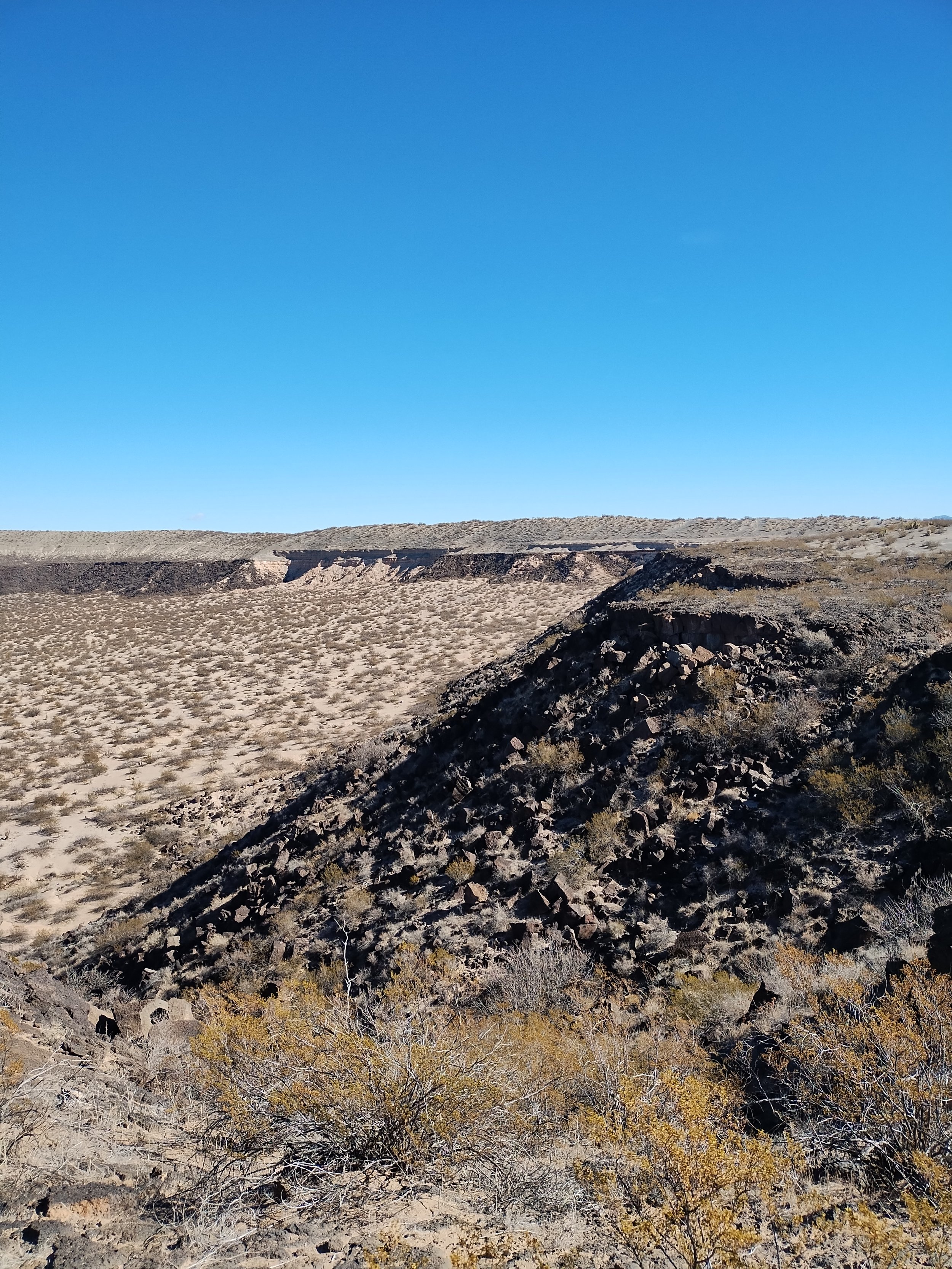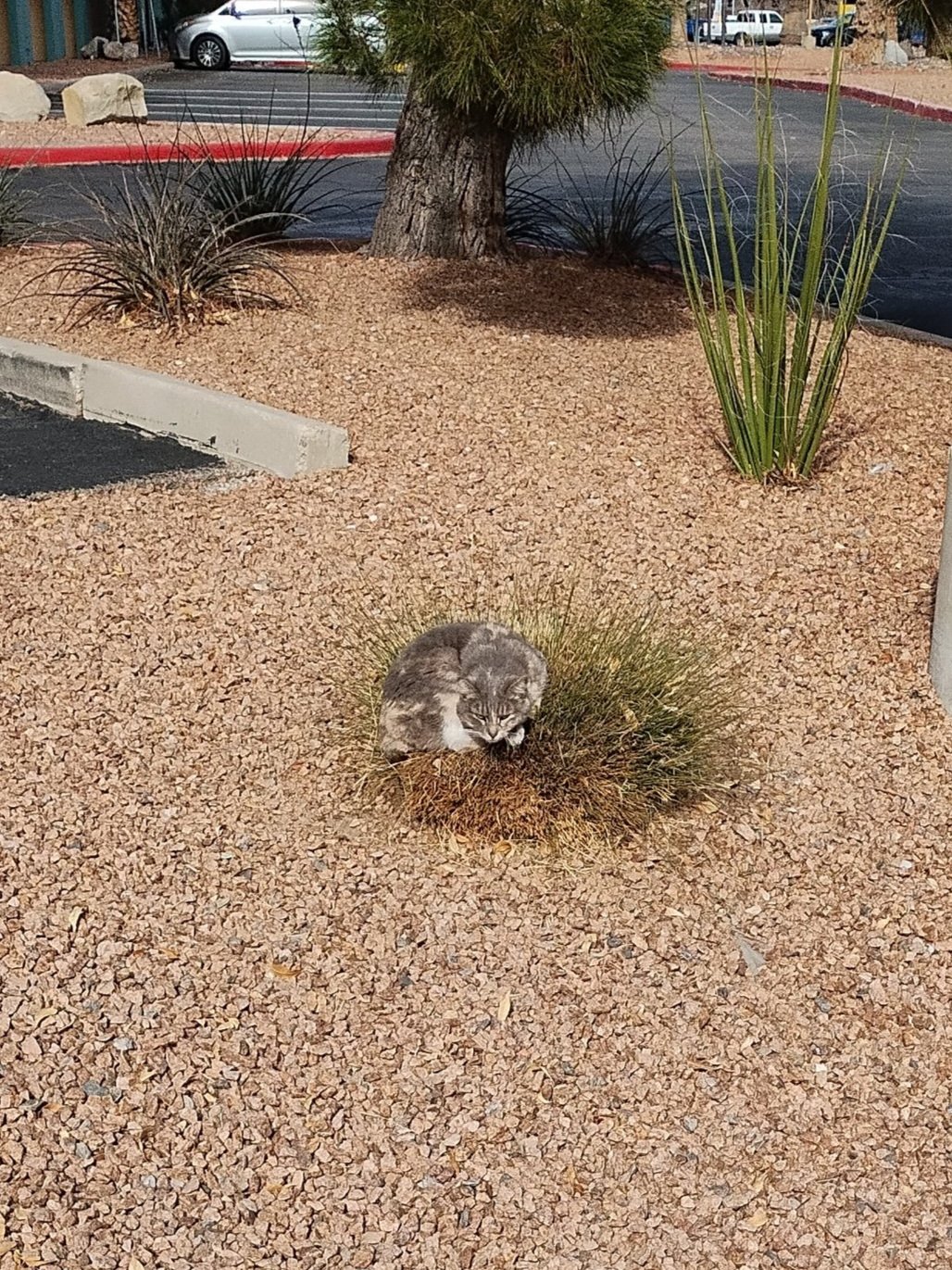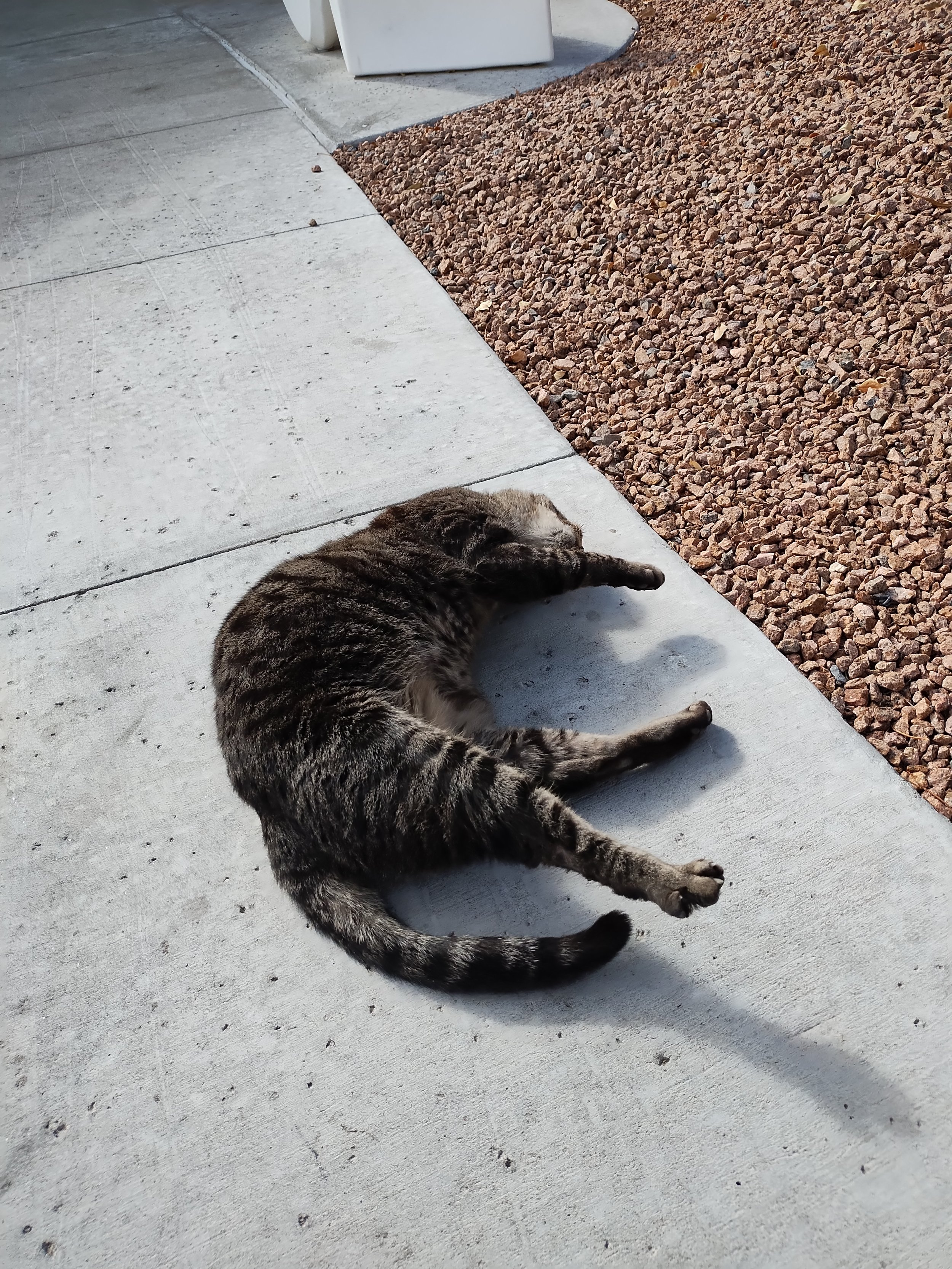This is a series of three artworks (#3 is still in progress) investigating the quality of air in Texas. One of the many air quality data tracking websites I visited had a color-coded system for describing the quality of air across the United States: by some miracle, the entire state of Texas was coded as “good” in green. While other websites showed much more nuance across our state, I was amused by the green status, and chose to share three different locations with very different conditions in the same green frames.
Each of the three has a 3D printed map of the location adhered to a wood panel. I then paint the inside of a custom acrylic frame to show the patterns of air movement, pigmented to reflect what’s in the air, in terms of pollutants, emissions, or clean air. The depth of the frames emphasizes that the artworks are about the air itself, and a physical quantity of air is captured between the frame and panel.
Love Field air shows the area of Love Field Airport in Dallas, Texas, with many emissions from cars, trucks, and airplanes. There is evidence of some heavy metals polluting the air here (indicated with brown-toned inks), but this pollution has been made much better from decades past. Love Field is an area that needs improvement, but has seen far worse days.
Deer Park air recreates the unfortunate history of fires at the oil refineries and chemical plants concentrated in Deer Park, Texas. Using photos from three separate news stories, I was able to approximate the locations of the fires on my 3D printed maps. The pigments painted across the frame are fluorescent and black light reactive to reflect the toxic nature of the pollutants emitted by the fires and the plants’ day-to-day operations.
The yet-unnamed third piece will examine a state park.




